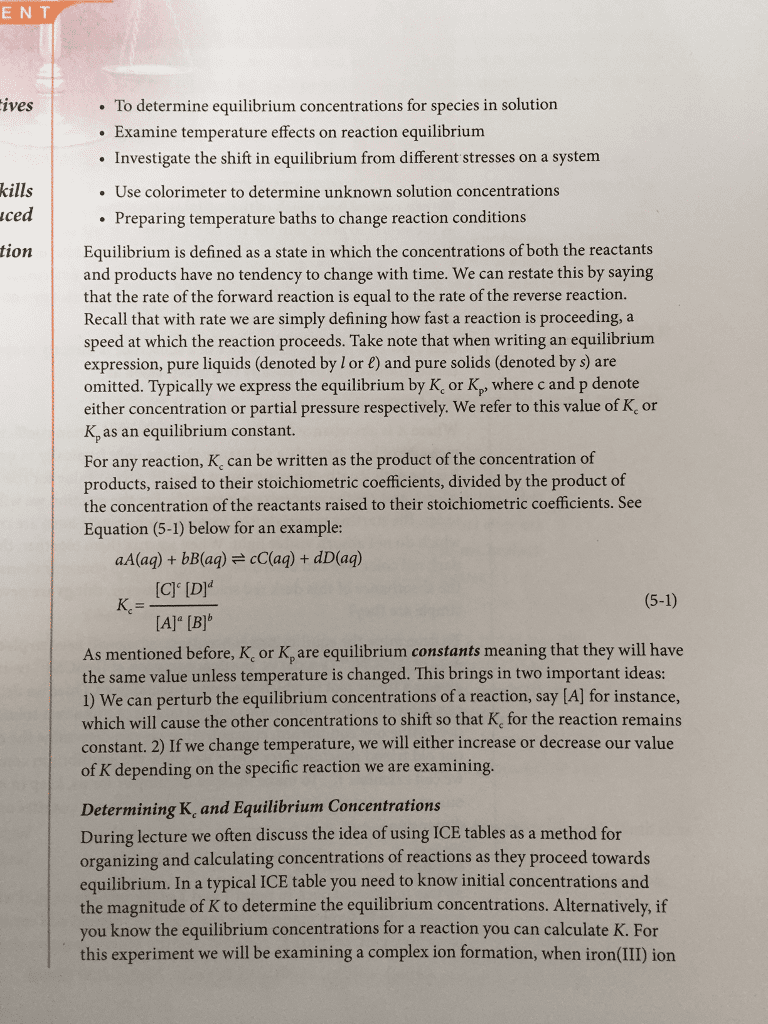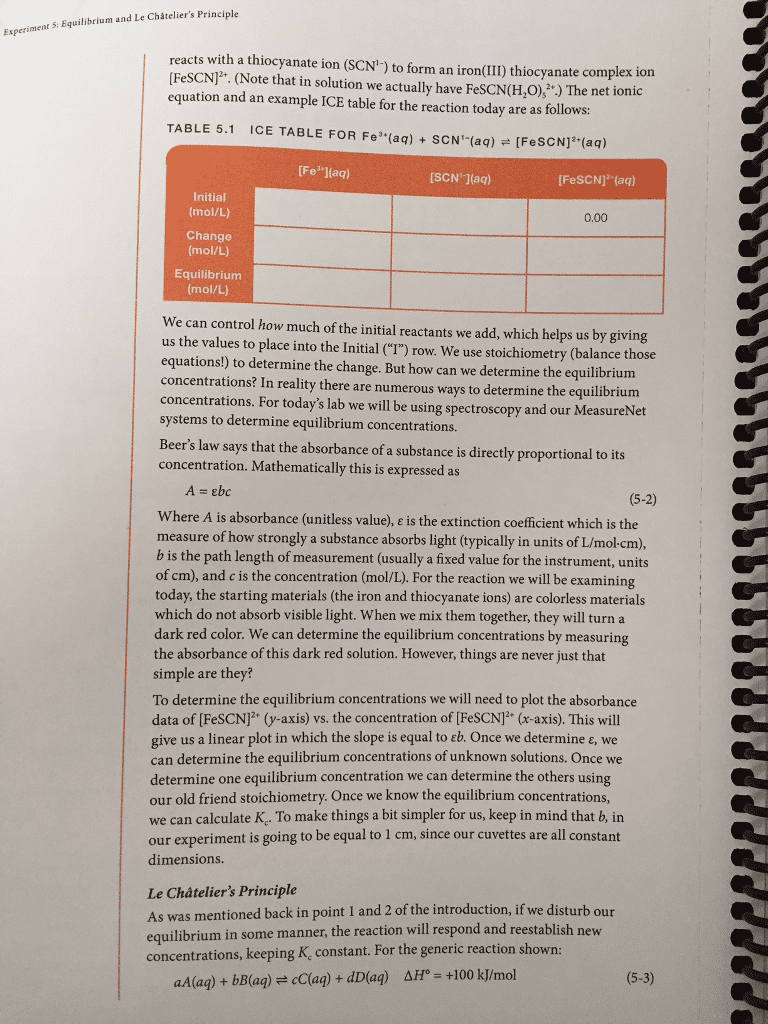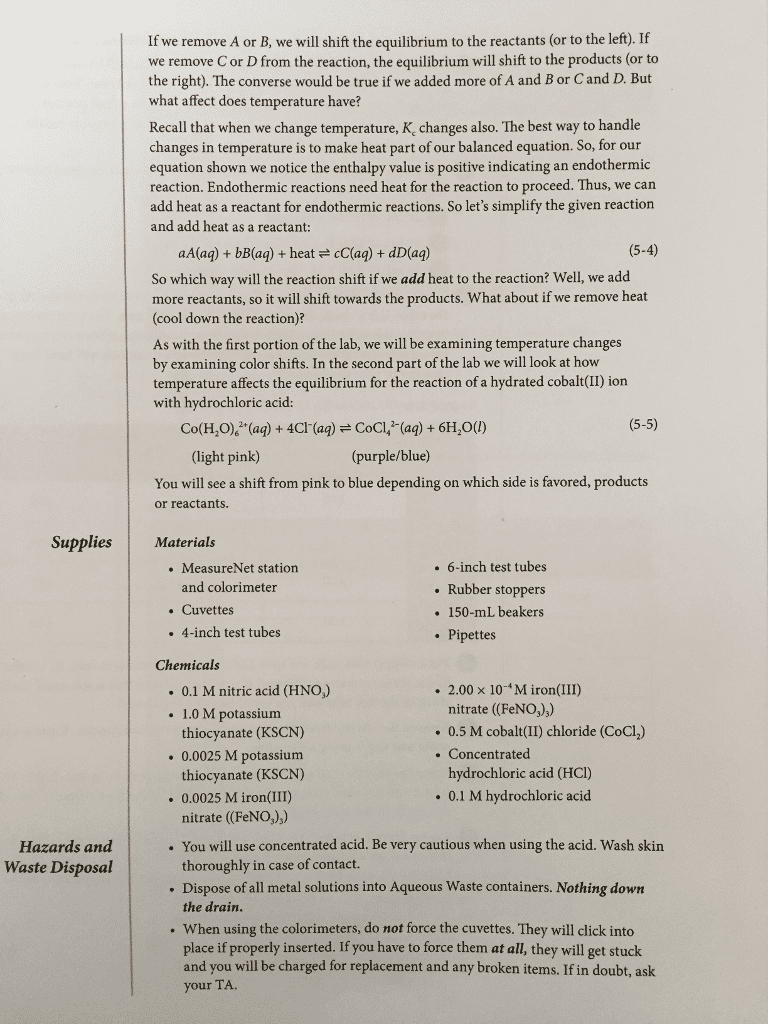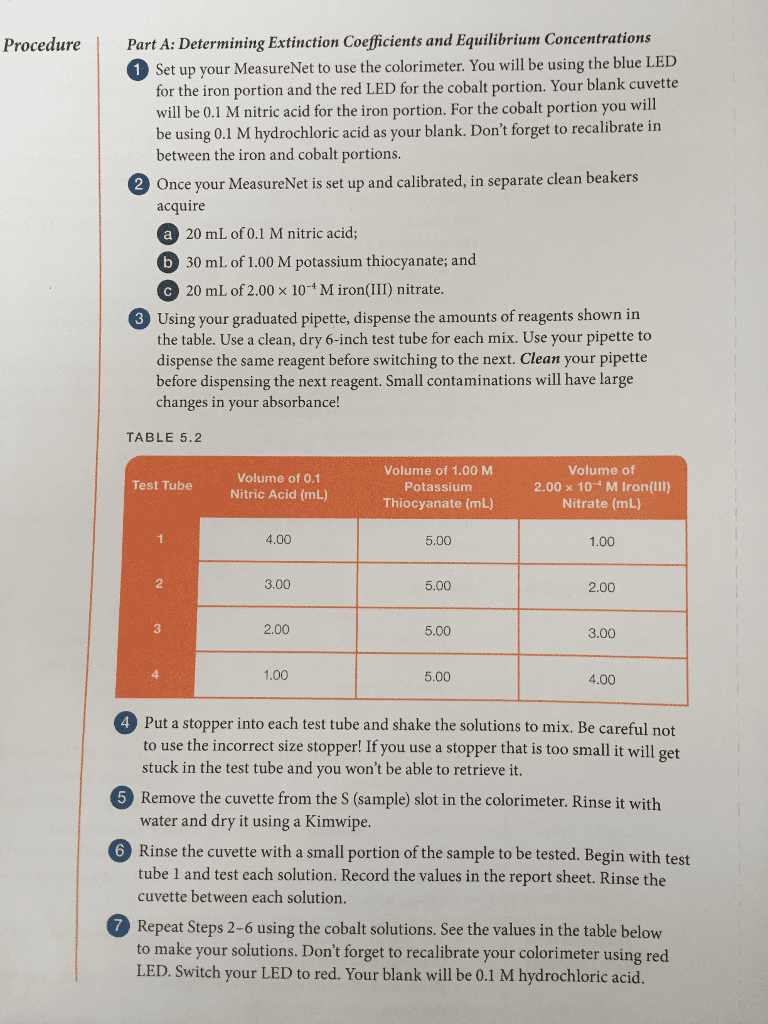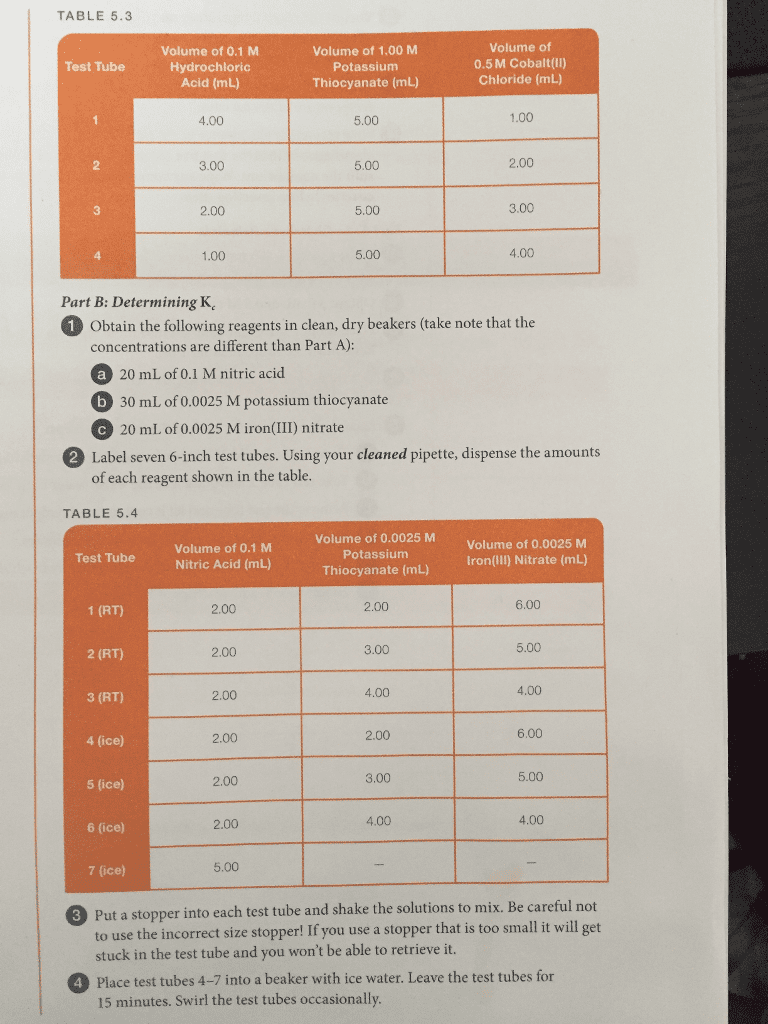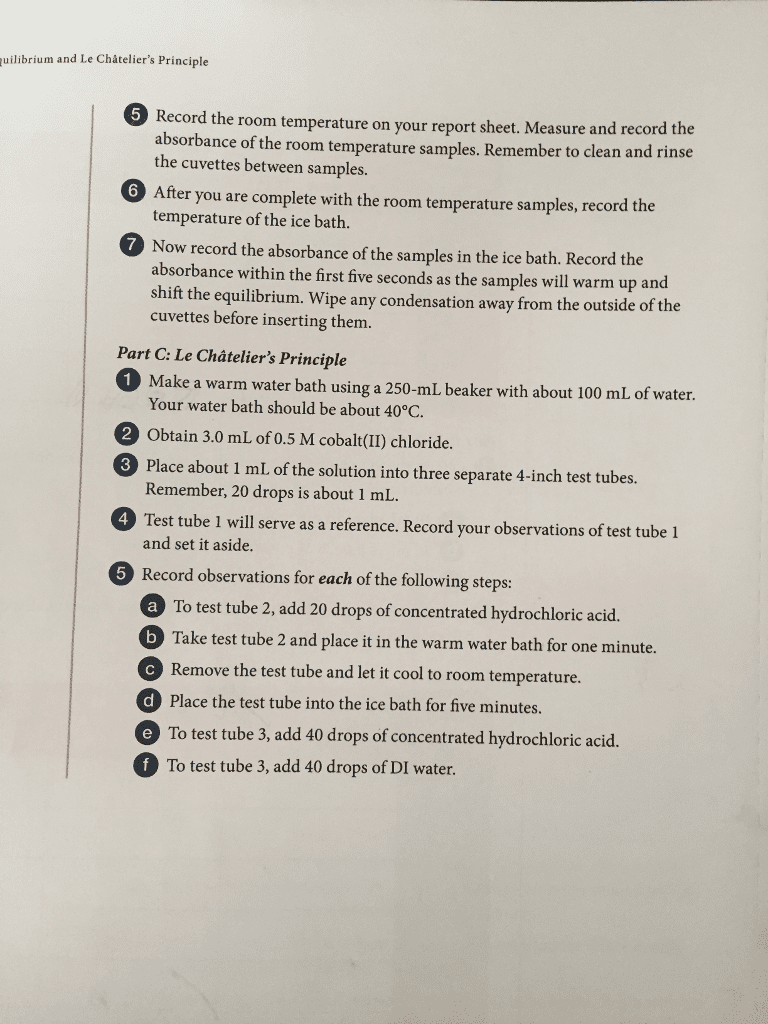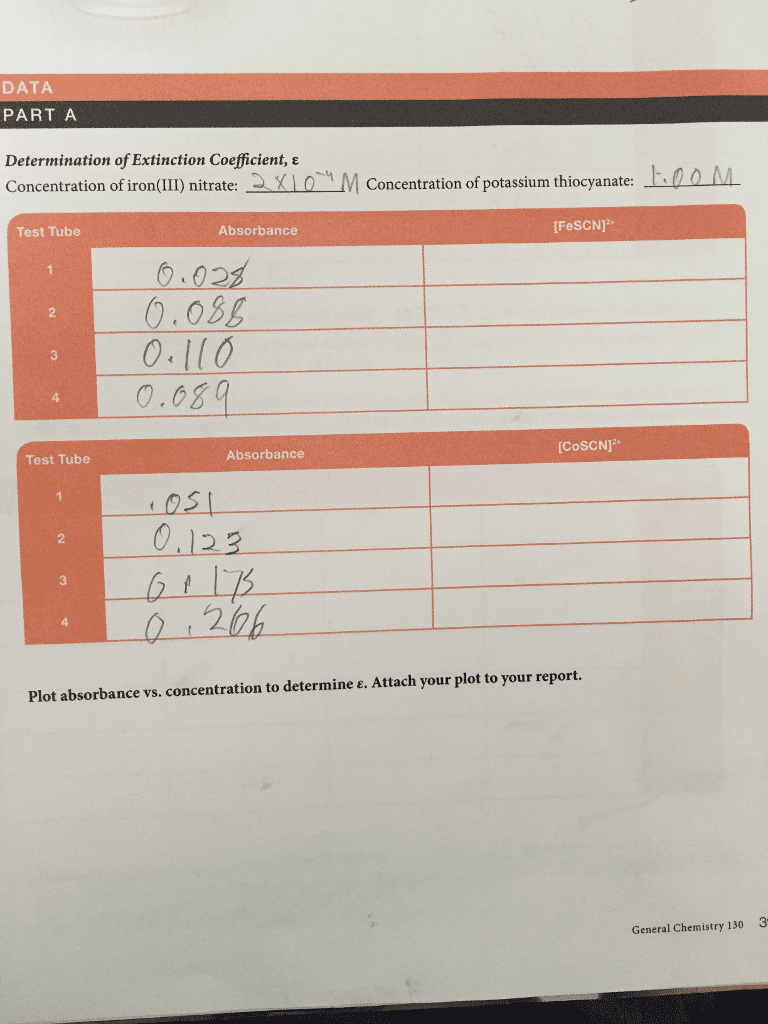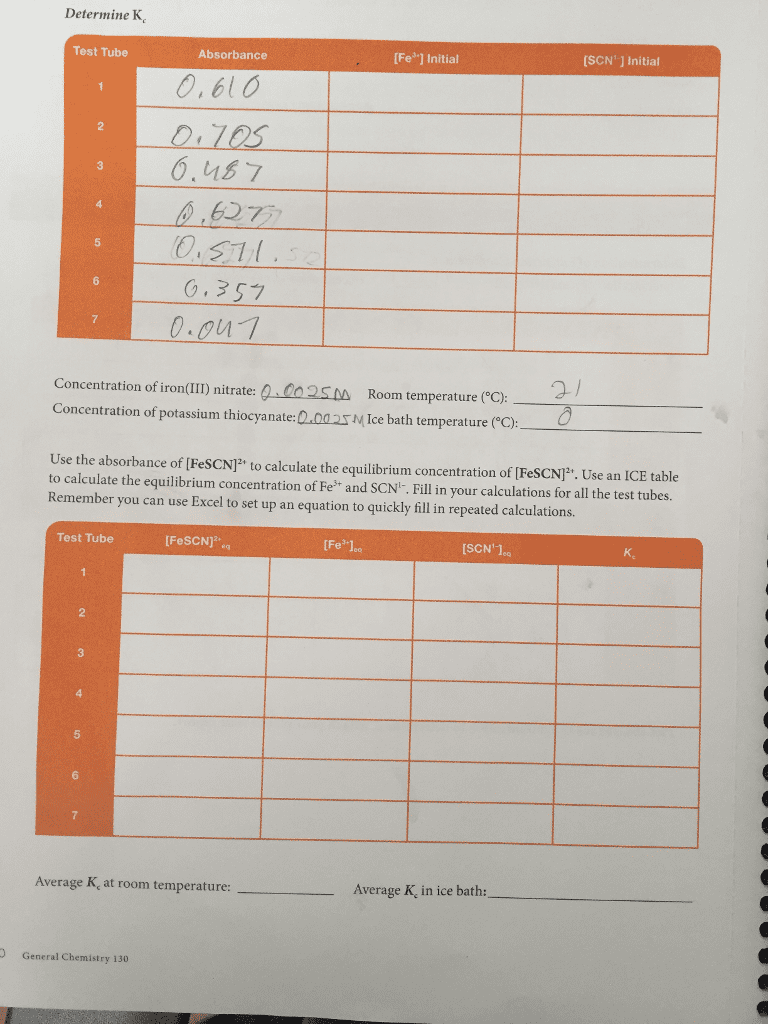CHEM 142 Study Guide - Midterm Guide: Equilibrium Point, Fetal Hemoglobin, Equilibrium Constant
Document Summary
Reversible: a reaction that can proceed in both the forward and reverse directions. Dynamic equilibrium: the condition in which the rate of the forward reaction equals the rate of the reverse reaction. Equilibrium constant (k): the ratio at equilibrium of the concentrations of the products raised to their stoichiometric coefficients divided by the concentrations of the reactants raised to their stoichiometric coefficients. Law of mass action: the relationship between the balanced chemical equation and the expression of the equilibrium constant. Kp: as the equilibrium constant with respect to partial pressures in atmospheres. The equilibrium constant, k expresses the relative concentrations of the reactants and the products at equilibrium. Most chemical reactions are reversible; they can proceed in either the forward or the reverse direction. When a chemical reaction is in dynamic equilibrium, the rate of the forward reaction equals the rate of the reverse reaction, so the net concentrations of reactants and products do not change.


